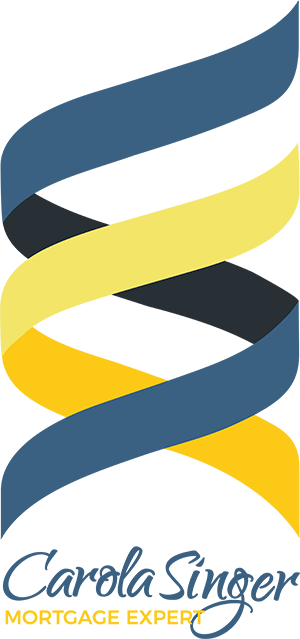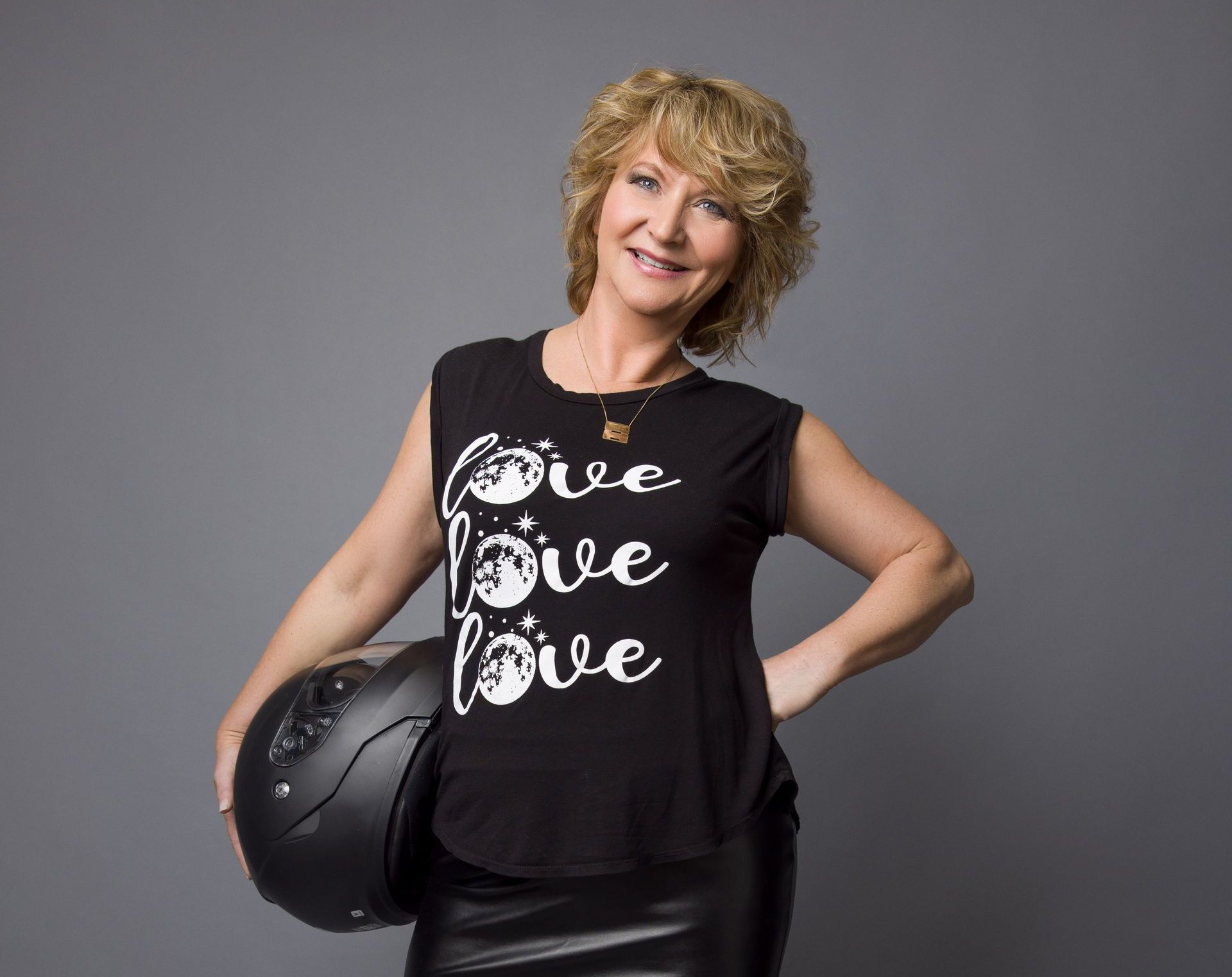What You Should Know About Buying A Home With a Rental Suite
Thinking about buying a home with a rental suite? This can be a great idea if you want to help offset the cost of your home expenses, and it can also potentially help with qualifying for a mortgage on your new purchase, but there are some things you should know up front.
- Most lenders will allow you to add 50% of the rental income back to your income for qualifying; however, there are a few that will consider up to 100% given the strength of your overall mortgage application.
- Adding the rental income back to your income for qualifying shouldn't be confused with doing a rental income offset.
- You can expect a rental suite to increase your maximum mortgage amount by roughly $50k.
- Although it doesn't have to be a "legal" suite, there should be a separate entrance along with a kitchen and bathroom in the unit.
- Income from a roommate is not allowed by insurers as rental income to be used in mortgage qualification.
- Lenders may require a signed lease agreement as confirmation of the rental income, and most prefer to see the agreement set to a year. This means you either need to speak to the existing tenant or have a potential tenant in place before qualifying for the mortgage.
- Some lenders may consider a statement of economic rents (from a property appraiser) in lieu of a lease agreement.
- Most lenders will not accept rental income from a family member.
Suffice to say, if you plan on purchasing a property with a rental suite and you need the rental income offset to qualify for the mortgage, you should make sure you've been pre-approved ahead of time and you've worked the numbers.
If you have any questions or want to get the mortgage process started, contact me anytime!






